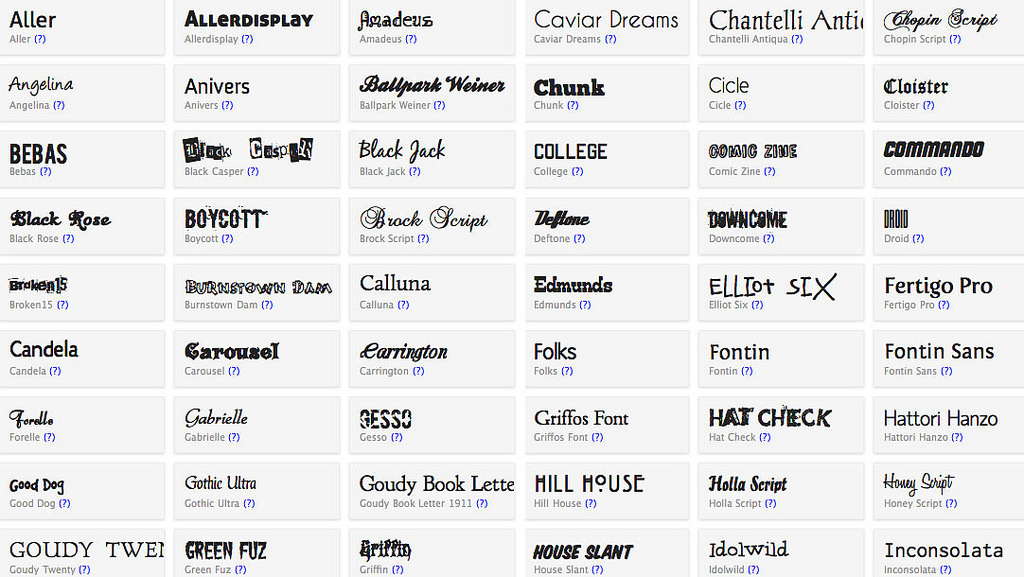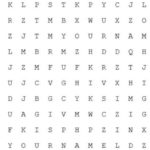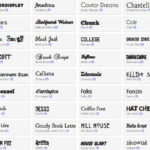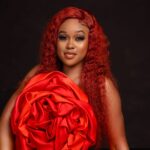Typefaces have been an integral part of the ‘reading-writing’ society for centuries and now they have evolved into the digital era of typography and design where fonts matter a lot more than they have any time before.
Fonts affect, to a large extent, how your typographic material looks and feels to the audience, so it is important to choose the font carefully for your printing, publishing, web designing and other tasks.
Below we have put together a list of the most popular fonts for you to choose from for your printing and design needs.
1. Helvetica (Max Miedinger, 1957)

Helvetica is arguably the most famous typeface on the planet. Originally designed by Swiss designer Max Miedinger in 1957, this classic typeface has been used everywhere since its birth in the 1950s up to this day.
Its tremendous popularity can be credited to the fact that it still looks modern, simple, and it is as much versatile and trustworthy as it is Swiss.
2. Baskerville (John Baskerville, 1757)

Unimpressed by the contemporary ‘Caslon’ typefaces, John Baskerville began to cut his own typefaces to improve his printed works in 1950 and it officially came out in 1757 in Birmingham as a transitional serif typeface (positioned between old- style Caslon typefaces and modern style Bodoni and Didot) with the lower cases featuring almost horizontal serifs and great contrast.
Admired by many of Baskerville’s competitors like Benjamin Franklin and Giambattista Bodoni, since its birth, various type foundries have produced many versions of it including the fresh and elegant looking ‘New Baskerville’.
3. Times (Stanley Morison, 1931)

William Lints-Smith, the manager of a London daily newspaper ‘The Times’ in 1929, heard that the much-respected typographer Stanley Morison was unimpressed by the printing quality of his newspaper.
Impressed with Morison’s arguments, the newspaperman hired Morison to redesign his paper and in 1931, Morison gave the newspaper its own new typeface, Times New Roman, that replaced its predecessor Times Old Roman. Since then, it is one of the most popular typefaces used for many publishing materials and news prints.
4. Akzidenz Grotesk (Brethold Type Foundry, 1896)

Akzidenz Grotesk influenced a wide range of other popular fonts like the popular Helvetica and Frutiger, and was first released in 1896 in Germany by the Brethold Type Foundry.
It saw a new height of popularity after it was reinvented with a wider range of weights and variants under the direction of Gunter Gerhard Lange in the 1950s.
5. Gotham (Hoefler and Frere- Jones, 2000)

Released in 2000, Gotham is the adaptation of 20th century American Sign maker’s ‘Gothic’. Over the last 16 years, it has become largely popular among the designers for its clean and modern looks.
Among its popular uses comes the story of the Obama campaign specifically using this san serif typeface during the 2008 election.
6. Bodoni (Giambattista Bodoni, 1790)

Giambattista Bodoni designed this serif typeface in the late 18th century at the palace of Duke Ferdinand of Bourbon-Parma who greatly admired Bodoni’s craft and gave him permission to build a private printing office at his palace.
Bodoni already was a widely popular font when Morris Fuller Benton revived it in the 1920s for ATF with detailed emphasis on different weights. The “Goodfellas” movie used the font in its posters.
7. Didot (Firmin Didot, 1784-1811)

Didot came out as the alternative to Bodoni in the same period of the late 18th century so the mutual influence between them is apparent. This typeface is basically a slimmer version of Bodoni, but it really took the inspiration from John Baskerville’s experimentation with high contrast stroke and condensed armature.
Up to this day, its various revivals have been adding a timeless elegance to many modern works.
8. Futura (Paul Renner, 1927)

Futura was designed by Paul Renner in the 1920s in Germany and since its birth, Futura has become the benchmark of geometric sans for over 80 years with its remarkable shapes.
This modern typeface has influenced many other designers and is being used extensively in business signage and advertising up to this day. Volkswagen has been using it for years as its headline font.
9. Gill Sans (Eric Gill, 1928)

This quintessentially English Font was produced by Monotype Corporation and designed by Eric Gill in 1928. Eric Gill worked with Edward Johnston, so Gill’s attempt to design this most legible sans serif font is largely influenced by Johnston, who designed the Johnston Font for the London Underground.
Now used extensively by many designers, Gill Sans family offers different font weights and variants to choose from.
10. Frutiger (Adrian Frutiger, 1977)

This timeless classic was designed by the famous Adrian Frutiger in 1977 to draw the signage for an airport newly being constructed in Paris. Adrian Frutiger had already released his successful typeface, Univers, in 1957 but he found it too compact and geometric to be read on signs. Thus, Frutiger was born, which Adrian Frutiger himself thinks is “banal and beautiful”.
Adrian Frutiger has also contributed on the famous “Linotype Didot”.














